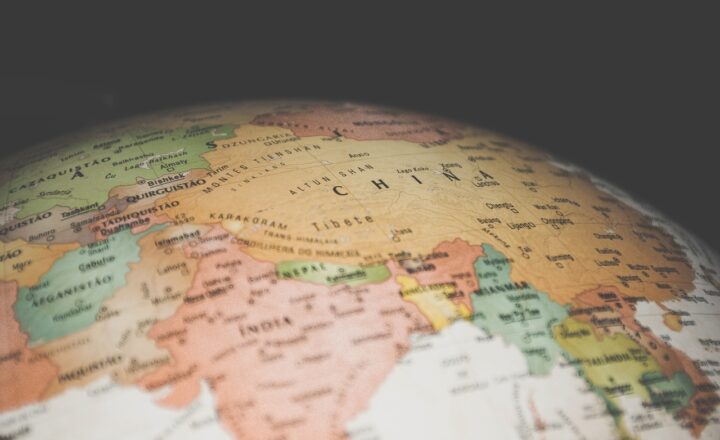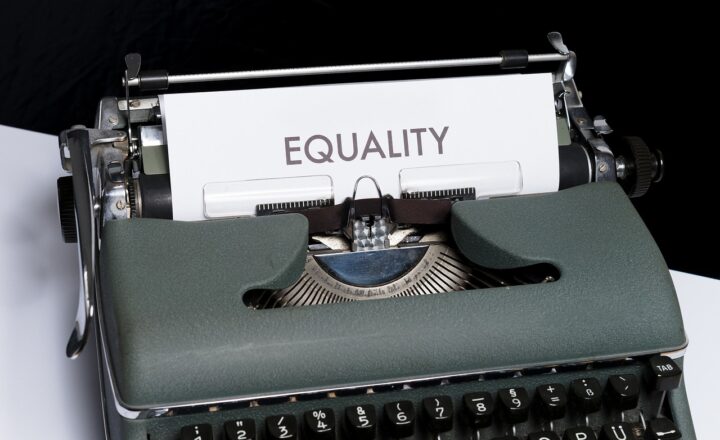The Unlikely Origins of Modern Borders: How History and Politics Intersect
November 16, 2024

Modern borders are often viewed as mere lines drawn on a map, dictating the political and social realms of nations. However, the origins of these borders are intricate, interwoven with history, politics, and sometimes even conflict. In this article, we delve into the unlikely origins of modern borders, exploring how historic events, treaties, and political decisions have shaped the world as we know it today.
1. The Historical Context of Borders
From the earliest civilizations, boundaries have played a crucial role in defining territories. Ancient societies, from the Egyptians to the Romans, created borders based on geographic and strategic needs. However, these early borders were often fluid, changing with conquests, treaties, and shifts in power.
– Ancient Civilizations: Borders of ancient empires, like the Roman Empire, were known to expand and contract based on military success. The use of rivers, mountains, and deserts as natural borders was common, but not always respected or maintained.
– The Influence of Religion: Religious affiliations have historically impacted borders. For instance, the spread of Islam in the 7th century saw the establishment of new borders throughout North Africa and the Middle East, reshaping societal structures and territorial claims.
The foundation of modern borders can often be traced back to the end of World War I and II, periods that brought significant political restructuring and the rethinking of territory.
2. Treaties and Agreements: Drawing the Lines
The post-war treaties that reshaped Europe and beyond are pivotal in understanding how modern borders emerged. The Treaty of Versailles in 1919 is an excellent case in point.
– Treaty of Versailles (1919): This treaty marked the end of World War I and redrew the map of Europe and the Middle East. New nations were formed based on the principle of self-determination, but often ignored ethnic and cultural realities, leading to unrest and conflicts in regions like the Balkans.
– The Sykes-Picot Agreement (1916): This secret agreement between Britain and France outlined their proposed spheres of influence in the Middle East after the fall of the Ottoman Empire, disregarding the complex ethnic and political landscapes of the region. It was a cornerstone in the formation of modern borders in the Arab world and set the stage for future conflicts.
These treaties illustrate that the political motives behind border creation often resulted in arbitrary divisions that conflict with ethnic and cultural identities.
3. The Role of Colonialism in Shaping Borders
Colonial powers greatly influenced global borders during the 19th and 20th centuries, with lasting effects on nation-states.
– Scramble for Africa: European powers divided Africa with little regard for the continent’s diverse cultures or languages. The Berlin Conference of 1884-85 formalized the partitioning of Africa into colonies, leading to borders that exist today but often contradict ethnic territories and historical claims.
– Partitioning of India (1947): British colonial rule in India ended with the partition into India and Pakistan, leading to one of the largest mass migrations in history. This division was based on religious lines, yet overlooked the complexities of the region, resulting in ongoing tensions and conflict.
Colonial legacies continue to affect political relationships and social dynamics within and between nations, echoing in contemporary issues worldwide.
4. The Impact of Wars and Conflicts
Wars have a profound impact on the drawing and redrawing of borders, often without consideration for the peoples living in affected areas.
– The Korean War (1950-1953): Post-war divisions solidified the borders seen today, with the establishment of North and South Korea, influenced by Cold War dynamics. The 38th parallel continues to be a zone of tension, exemplifying how war has dictated borders with lasting consequences.
– The Arab-Israeli Conflict: The formation of Israel in 1948 and the subsequent conflicts have continually shifted borders, emphasizing the intersection of religion, history, and national identity.
These examples showcase that the reformation of borders due to conflict often perpetuates cycles of instability and violence.
5. The Influence of Globalization and Technology
In recent years, globalization and technology have begun to challenge traditional notions of borders.
– Changing Dynamics of Trade: The rise of global trade agreements, such as NAFTA and the EU, has led to more fluid boundaries in economic terms while still preserving political borders.
– Digital Borders: The internet transcends physical borders, allowing communication and business beyond geographical limitations, sparking debates on digital sovereignty and the need for new definitions of borders.
This complex relationship underscores how borders continue to evolve, reflecting changes in societal, technological, and political landscapes.
6. Conclusion: Understanding the Origins of Modern Borders
The unlikely origins of modern borders reveal a tapestry woven from historical events, treaties, colonial decisions, and the consequences of war. The intersection of culture, politics, and economics continues to shape how we perceive borders today. Understanding this history is crucial, not only for grasping contemporary geopolitical issues but for fostering dialogue about national identities and global interactions.
As we navigate a shifting global landscape, acknowledging the intricate stories behind our borders can inform better policies and promote reconciliation among nations. History may have drawn the lines, but it is the people and their interactions that will ultimately define the future of these borders.






